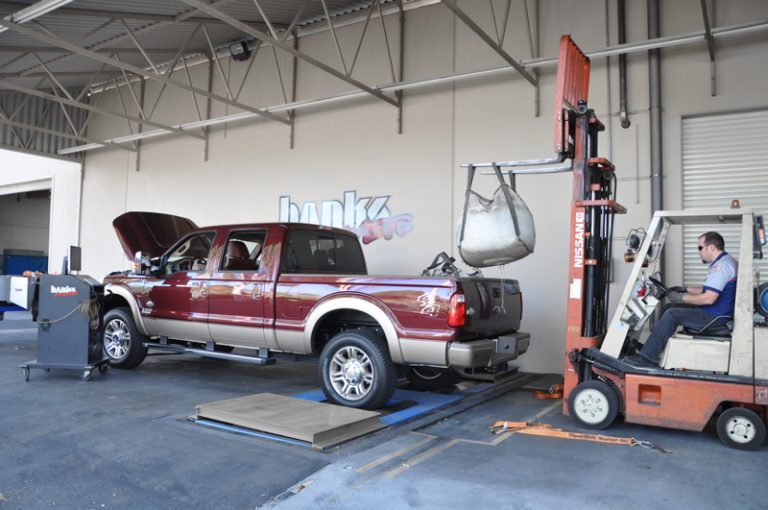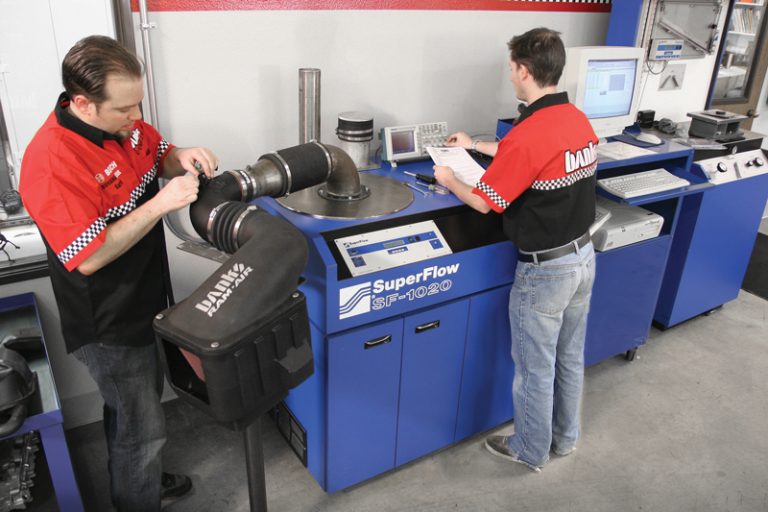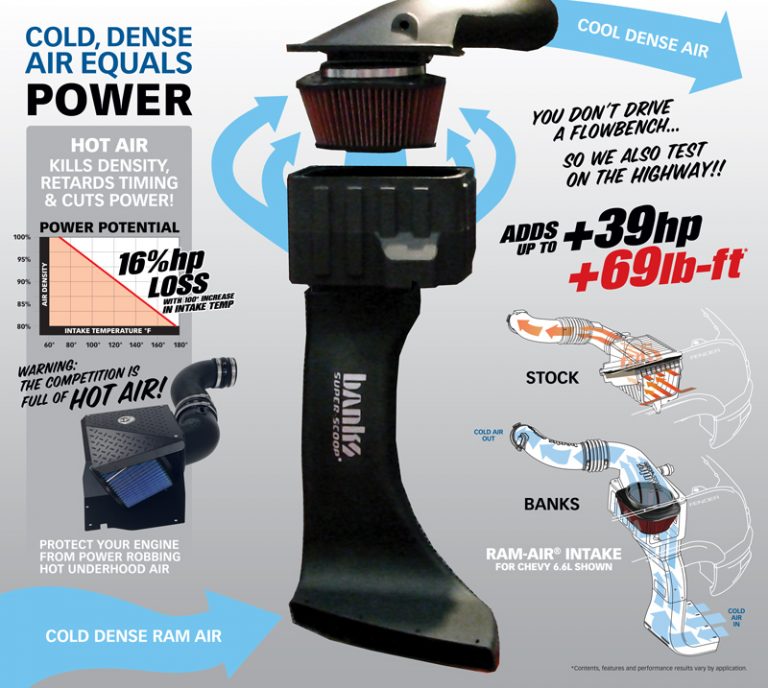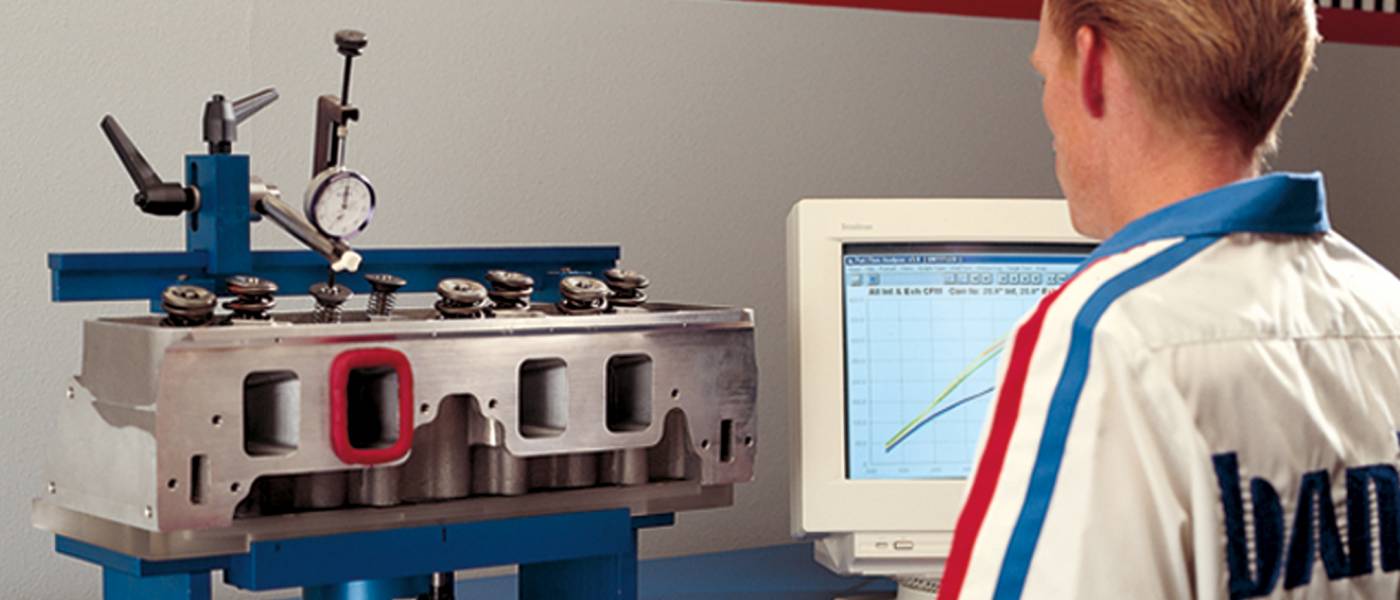Are You All Plugged Up?

You know the feeling when you have a cold and it’s hard to breathe because your nose is all plugged up? Well, imagine that is how your vehicle must feel day after day with the stock intake and exhaust system that it was born with. It doesn’t stop there, because if it’s turbocharged, it just might have a terribly restrictive intercooler to boot. With all of the backup in airflow, it’s a wonder your vehicle even moves, and with you behind the wheel demanding more performance to move around that Sunday driver in front of you, the situation is only exasperated. It’s no wonder why the mileage is not really what that window sticker said your ride was supposed to get (aside from the fact that most of that is testing done under the most ideal situations… which everyday driving IS NOT).
Many moons ago, when I worked in the Installation Department here at Banks, folks would often ask what we do to get more power and economy out of a vehicle. I simply explained it like this: You have a fantastic athlete under the hood, that being the engine, which is designed and bred to be a winner. The factory tells that athlete he has to wear an extra heavy backpack plus carry arm and leg weights. Next, they tell him to run a marathon, but he has to run the race with a piece of tape over his mouth and an index finger up one nostril. What do you think will be the outcome of the race for the poor fellow under these conditions (other than awesome pictures for you to share on the internet)?
I told customers that while we could not do anything about the added weight, we could effectively remove the tape from his mouth and tell him to stop picking his nose — just breathe. Some people asked whether the problem could be solved with a chip? Yeah, that’s like taking that same athlete with the same problems and telling him that he needs to drink five or more pots of coffee and a six pack of Monster drinks and then run the race. Forget that it’s a machine for a second and think about what that would do to a person. It’s worse-case scenario for motorhomes. There, you put a house on an engine that was designed for a van or truck, fill it up with all your stuff, and hook a boat or car to it. Whew…

We’ve been taking a systems approach here at Banks for forever and a day. Automotive performance starts with the engine’s ability to inhale and exhale… unlabored, and even better yet when it’s done with cooler, dense air. Only after you’ve taken care of that part of the equation can you add tuning enhancements. This way, the attributes of the tune can be fully realized, liberating the athlete under the hood and bringing them back to Olympian status. Making this “marathon race” easier by eliminating restrictions and cooling the runner down means expending less energy to get the job done. The result is better all-around performance, quicker acceleration… added as a bonus to a less asthmatic vehicle is better fuel mileage which in today’s world is on the top of everyone’s list.

I just touched on cooler air, but I’m going to elaborate a bit on that right now. Just because you have a freer-breathing intake doesn’t necessarily mean that you have taken care of the problem. Take for instance that popular “filter on a stick,” those short rams and systems that have an exposed filter on the end of an intake tube. Sure you’ve got unrestricted air (in theory, but more on that later. I’m on a roll here), that air is coming in hot for the most part. Ever open your hood after a trip? Try it… stick your head under there. Not a cool place to be, right? Now imagine that your engine is sucking in all that air. Density equals power because there is more oxygen to burn. With this setup… you just went the opposite direction leaving your engine with less power potential on tap. That means that you’re going to be using more fuel to get moving. You’ve just taken hope away from your athlete!

Now for filters (this is the part I was getting to): How deep are the pleats? What are those? Pleats on performance filters are the actual ridges of filter material. Be they round or flat you have them. Now look at those ridges. If you stuck a ruler in the space between them how much of a ridge do you have? The more ridges and deeper that the ruler goes the better because that means breathing surface. If you were to take a filter that had ¼” deep pleats and one that was ¾” per pleat and cut them down a ridge and pull them apart how would they compare? The deeper one pulls out longer, meaning it has more surface area to breath through, and equals… say it with me… “Less Restriction.”
Intercoolers are another thing… and can be a bottleneck as well, but I went over that in a previous article .
So there you have it: knowledge. Now you know what’s going on, why and what to fix. Congratulations, you’re an honorary gearhead. From this point on you’ll never look at performance systems the same way again… you’ll look at them the same way we do at Banks Power, and that’s how you and your athlete will win the race.
Till next time have a powerful week.

